
How to Visit Every National Park in Alaska
Tips for getting to and navigating around the wild, remote park land in the so-called Last Frontier.
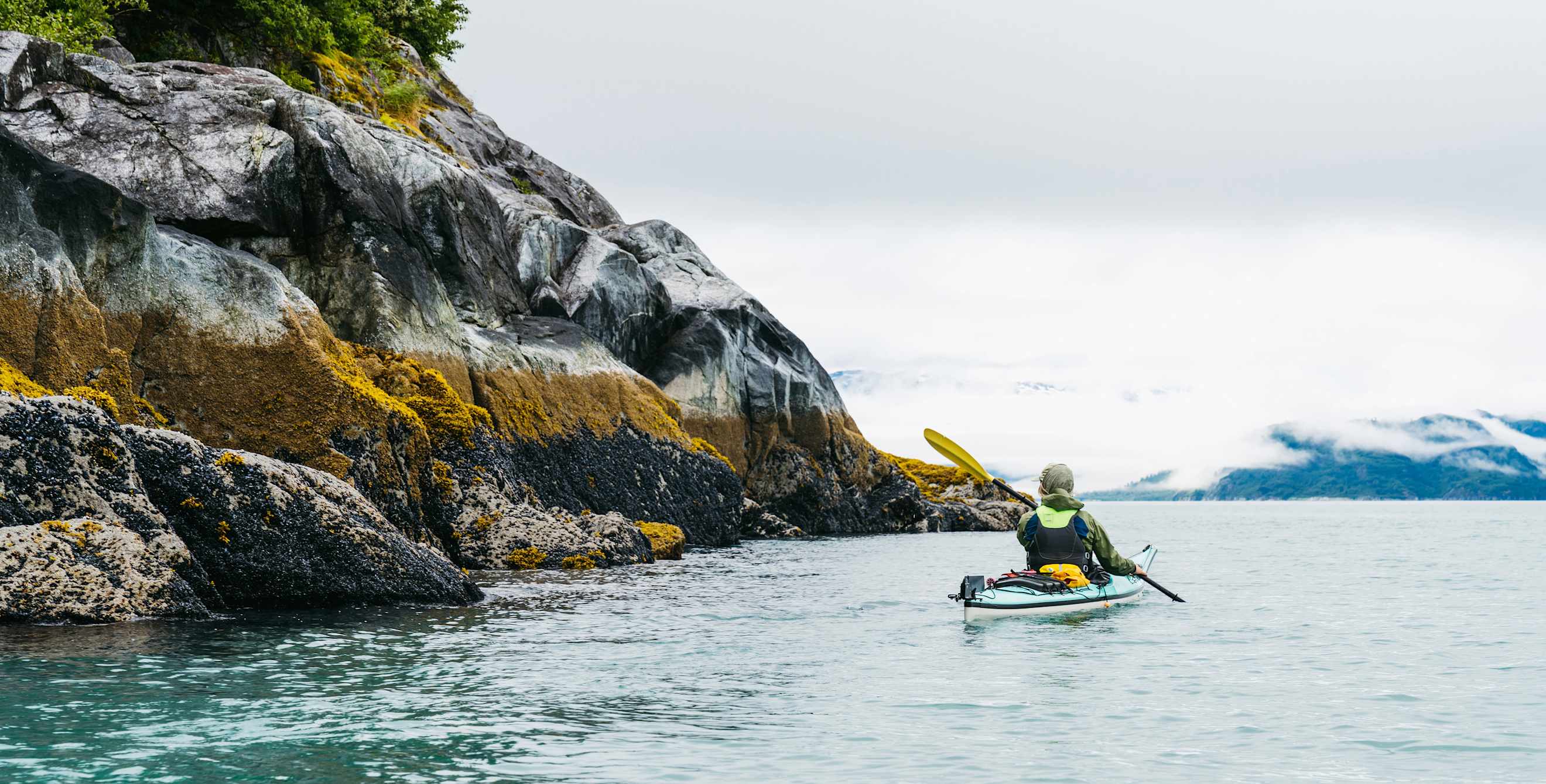
Sixty percent of the United States’ total national park land is in Alaska. The enormous state’s landscapes range widely, including rugged coastlines, hulking glaciers, lush boreal forests, and active volcanoes. While a few of its eight national parks can be reached by road, others are only accessible by boat or plane—which makes them great options for travelers looking to avoid hordes of tourists. Five of Alaska’s parks were among the 10 least-visited national parks in 2024, according to the National Park Service visitor data.
Below, you’ll find important details about transportation, pricing, accommodations, accessibility, and more in order to collect your National Park Passport stamp at each of Alaska’s eight elite parks.
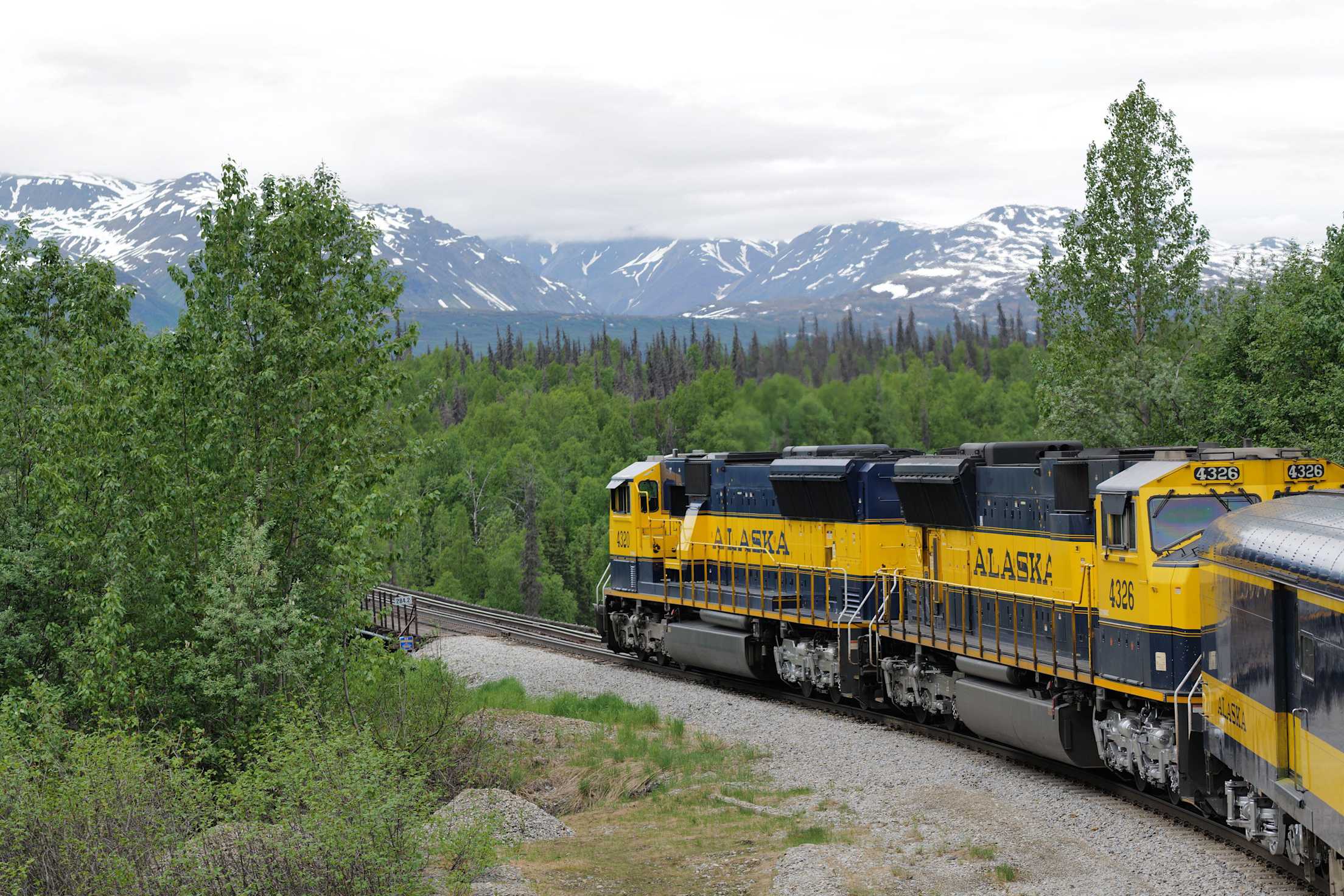
Denali National Park and Preserve
Named after the tallest peak in North America—20,310-foot Denali, also known as Mt. McKinley—this national park is the most accessible and second-most-visited of Alaska’s eight. Visitors usually fly into Fairbanks, which is about two hours north of the park, and either rent a car or board a train on the Alaska Railroad ($91 one way for adults, $46 for kids) to reach the entrance. Once there, services include two visitor centers, several campgrounds and trailheads, a post office, and the Denali Bus Depot.
Narrated bus tours run along the 92-mile Denali Park Road from May through September when wildlife viewing is at its peak. Keep your eyes peeled for moose, bears, and caribou. Due to road improvements through 2026, the road is only open until mile 43, and cars can only drive until mile 15. Otherwise, a free shuttle service runs every 30 minutes between the bus depot to the Mountain Vista (ADA-compliant) and Savage River trailheads, two incredibly scenic and relatively flat paths perfectly suited for families.
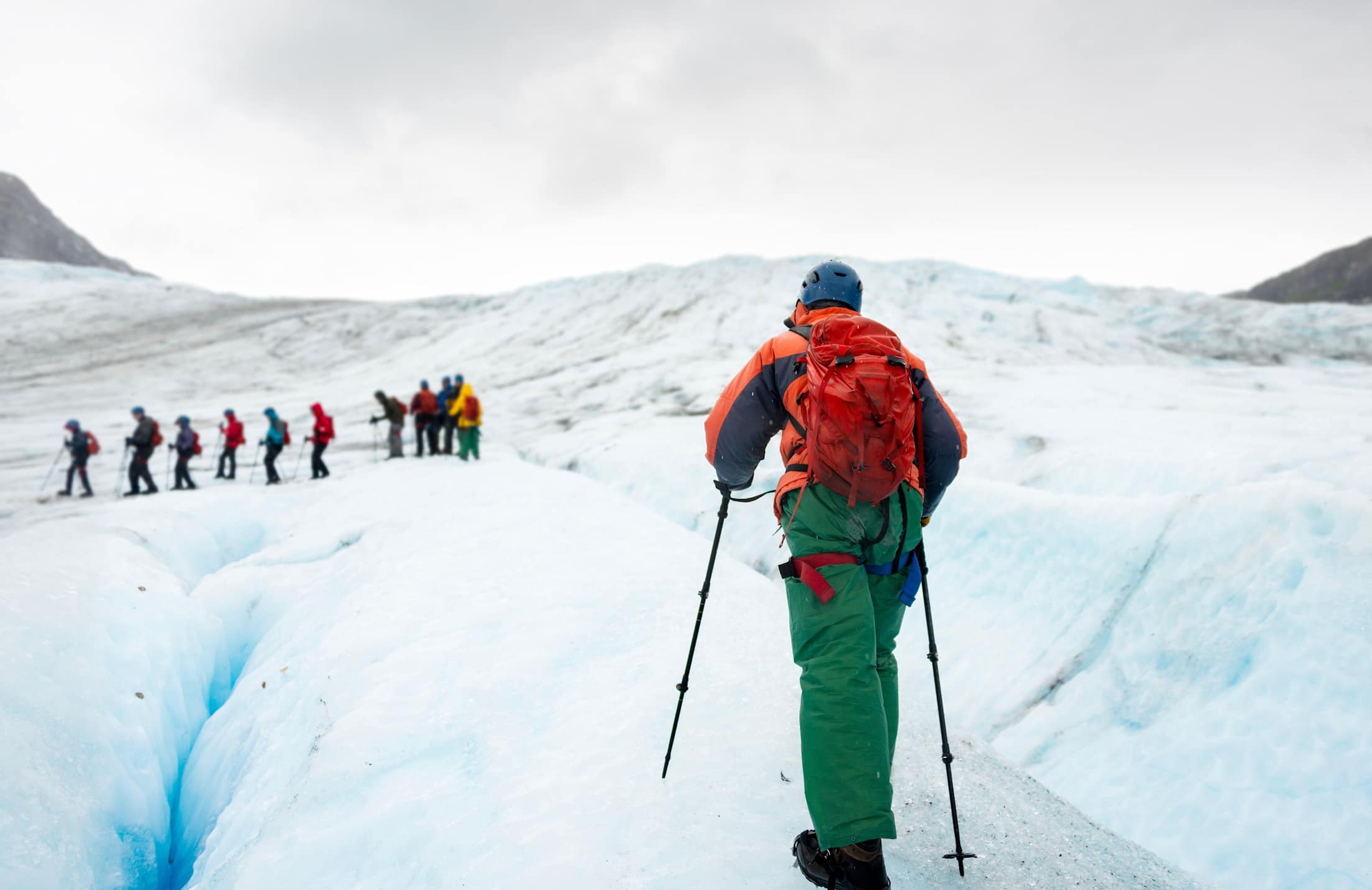
Kenai Fjords National Park
Pleistocene Epoch ice masses once covered a vast swath of Alaska, and the Harding Icefield in Kenai Fjords is evidence of their existence over 23,000 years ago. You can walk on the icefield today via a strenuous trail that leaves from the Exit Glacier Area near Seward, the park’s gateway town located about 125 miles south of Anchorage on the Kenai Peninsula. Get there by driving 2.5 hours on the Seward Highway—offering stunning views of the landscape, but few services and little cell reception—or take a 4.5-hour train on the Alaska Railroad during summer ($219 roundtrip for adults, $110 for kids). But to get closer to more of the park’s ice, ocean, and mountains, as well as the wildlife, you’ll have to pay for a boat tour, water taxi, or air taxi.
“If you want to access Kenai Fjords, you’re going to pay money for your flyover or boat, but on your way down there are some cool places to see,” says Jeff Lund, a writer and teacher in Alaska.
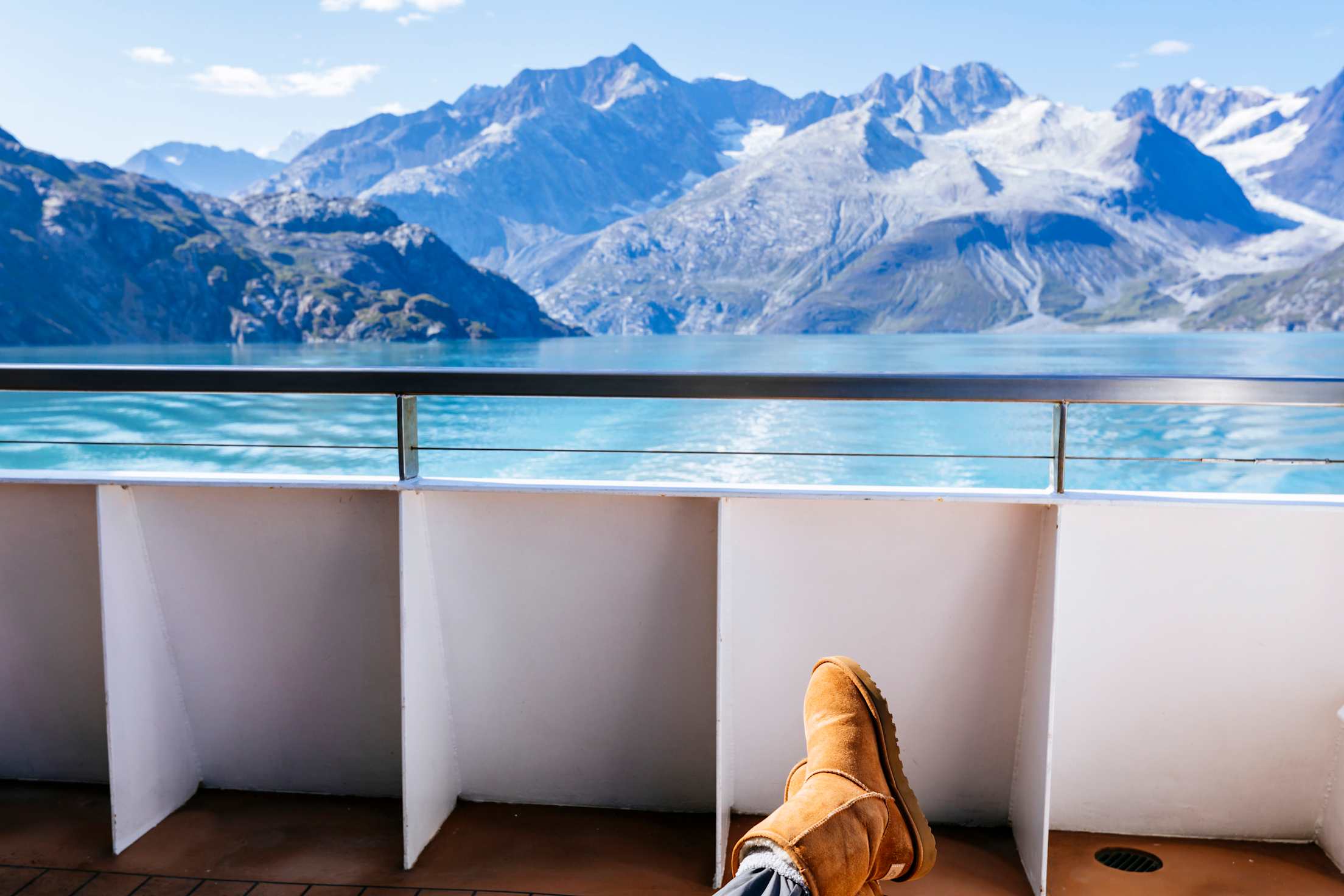
Glacier Bay National Park
On a flight from Juneau to the small coastal town of Gustavus, peek out the window for an overhead glimpse of Glacier Bay National Park. Alaska Airlines and private air taxis offer daily flights into the bay—the only way to get to the park, unless you’re on a cruise ship or charter, since no roads connect the communities and inlets within the Inside Passage.
All park services cluster in Bartlett Cove, including hotel rooms, a free walk-in campground, a restaurant, and a souvenir gift shop. Park-operated boat tours leave from the lodge and last nine hours as you travel to and from the glaciers, and numerous operators offer multi-day trips on foot or by vessel. All the effort is worth it to see puffins, bears, whales, salmon, and eagles, not to mention the forests and fjords. Like other parks, peak season is late May through early September (with the lodge, visitor center, and boat tours closed in the off months).
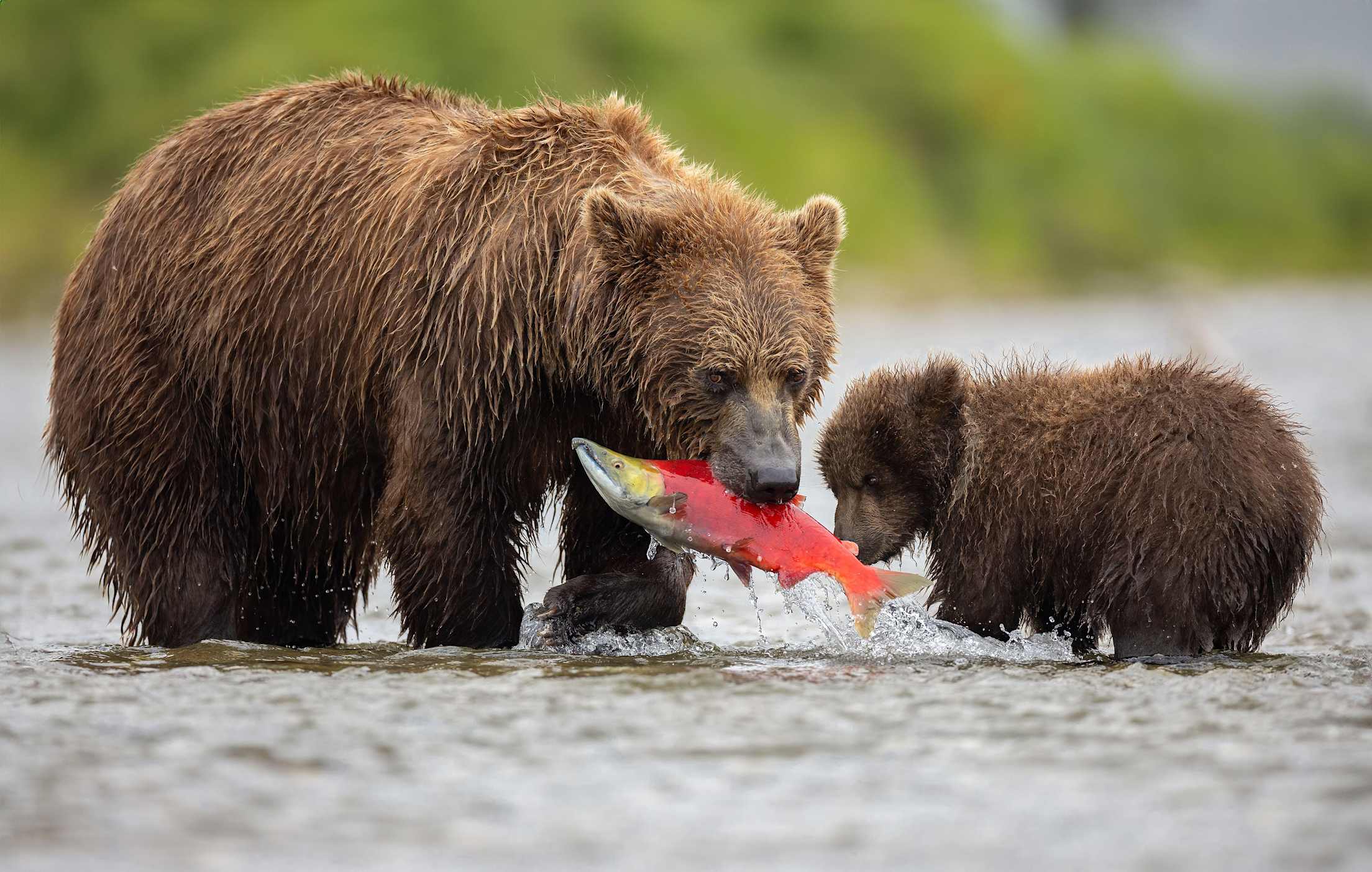
Katmai National Park and Preserve
If you’ve ever watched a livestream of brown bears feeding on spawning salmon, the cam was probably pointed at the Brooks River in Katmai National Park. These hungry bears are most active during the salmon run, which starts in mid-June and tapers off in September, fattening up in time for the park’s Fat Bear Week celebration every October. To see them in person takes some careful logistical planning. As one of Alaska’s most remote parks, it is only accessible by plane (from Anchorage, Homer, Kodiak, Kenai, or King Salmon, for example) or by boat (from King Salmon or Naknek). Several flightseeing operators run day trips for aerial views of the park (families should ask for age recommendations).
“In some of those lakes and rivers that you fly over, it’s just red with tens of thousands of spawning salmon,” says Asa Seymour, a 30-year Alaska resident. Another way to experience the park is to book a fishing tour with any number of operators.
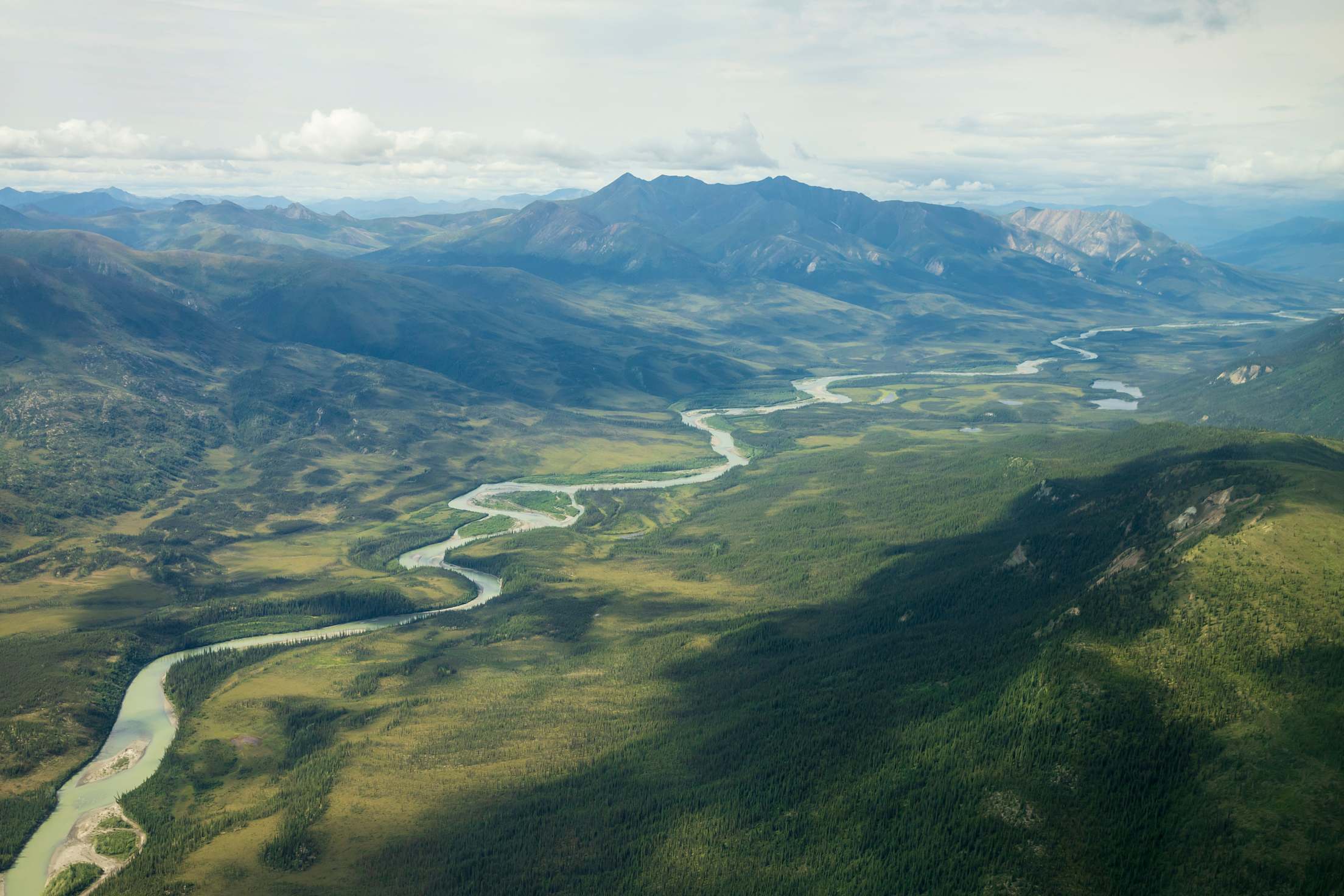
Gates of the Arctic National Park and Preserve
Even with such a grand name, Gates of the Arctic does not oversell its magnificence. Once you cross the park’s threshold, you must rely on your own backcountry knowledge, skills, and supplies since there are no trails, roads, signs, or permanent visitor facilities within its boundaries. “You’re on your own,” the National Park Service warns.
Solo travelers can spend days or weeks without seeing another person—although Indigenous people have called the land home for thousands of years. There are two ways to access the park at will: The first is via the notoriously remote and rugged Dalton Highway, where you can park and walk across the tundra. The second is by passenger or permitted charter plane (prices vary widely) to drop you off and pick you up in places like the tiny village of Anaktuvuk Pass, which is encircled by the steep and jagged peaks of the Brooks Range. You can also hire a certified tour guide.
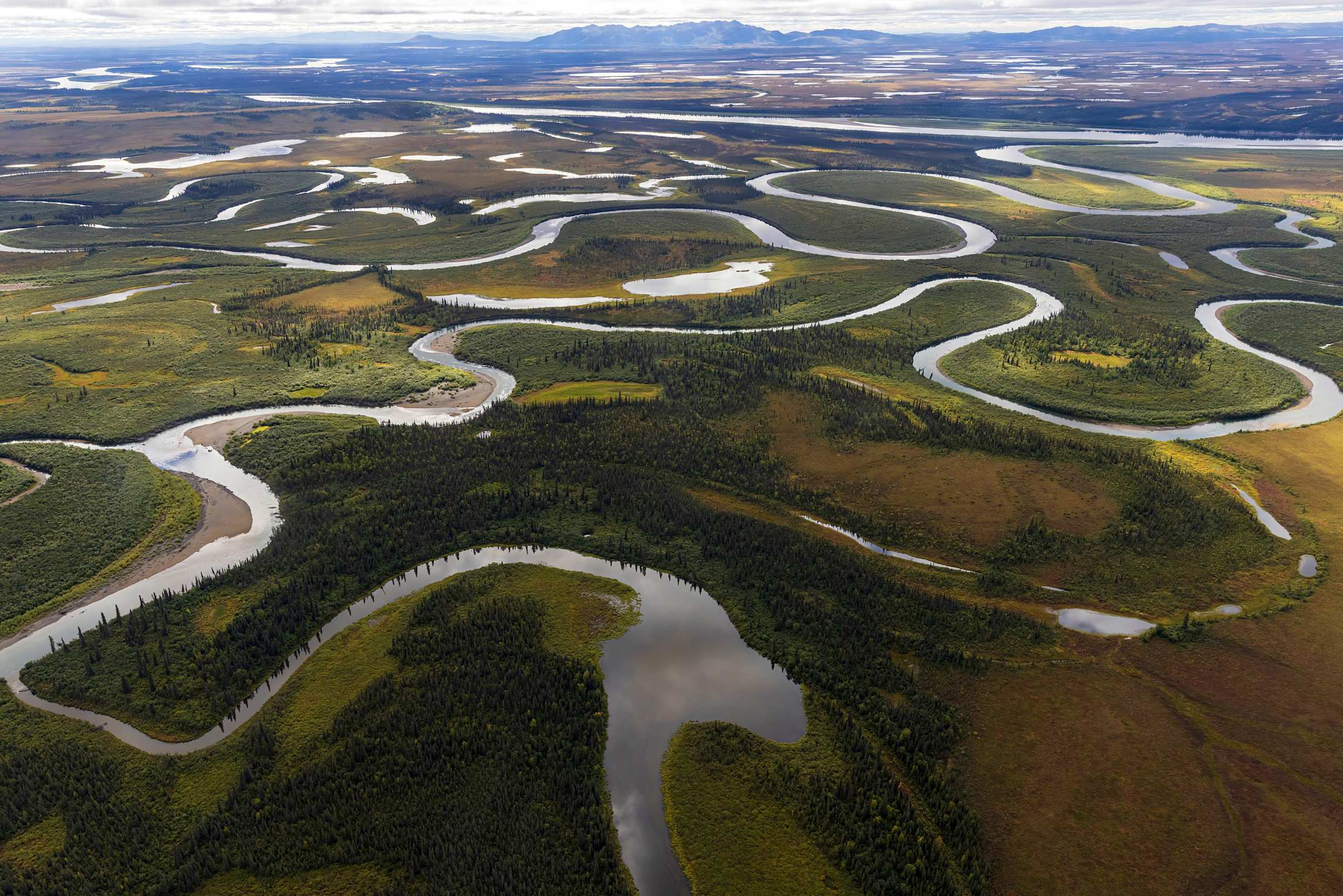
Kobuk Valley National Park
Kobuk Valley neighbors Gates of the Arctic. Combined, these two parks north of the Arctic Circle make up one of the largest protected parkland areas in the world. As you can probably guess, it’s also just as tricky to visit. Commercial airlines will only get you as far as Kotzebue or Bettles, and then you’ve got to fly in with authorized air taxis.
A guided tour is the best way to experience the park, unless you’re confident in your backcountry skills. Fly in a small aircraft to catch views of the sand dunes, snaking waterways, and wildlife all at once. Canoe or raft down the Kobuk River and fish its waters. Backpack through the tundra, pick your way across the dunes, and climb the peaks of the Baird Mountains. Or sign up for a wildlife photography course to capture moose, grizzly bears, and maybe even wolverines in the wild.
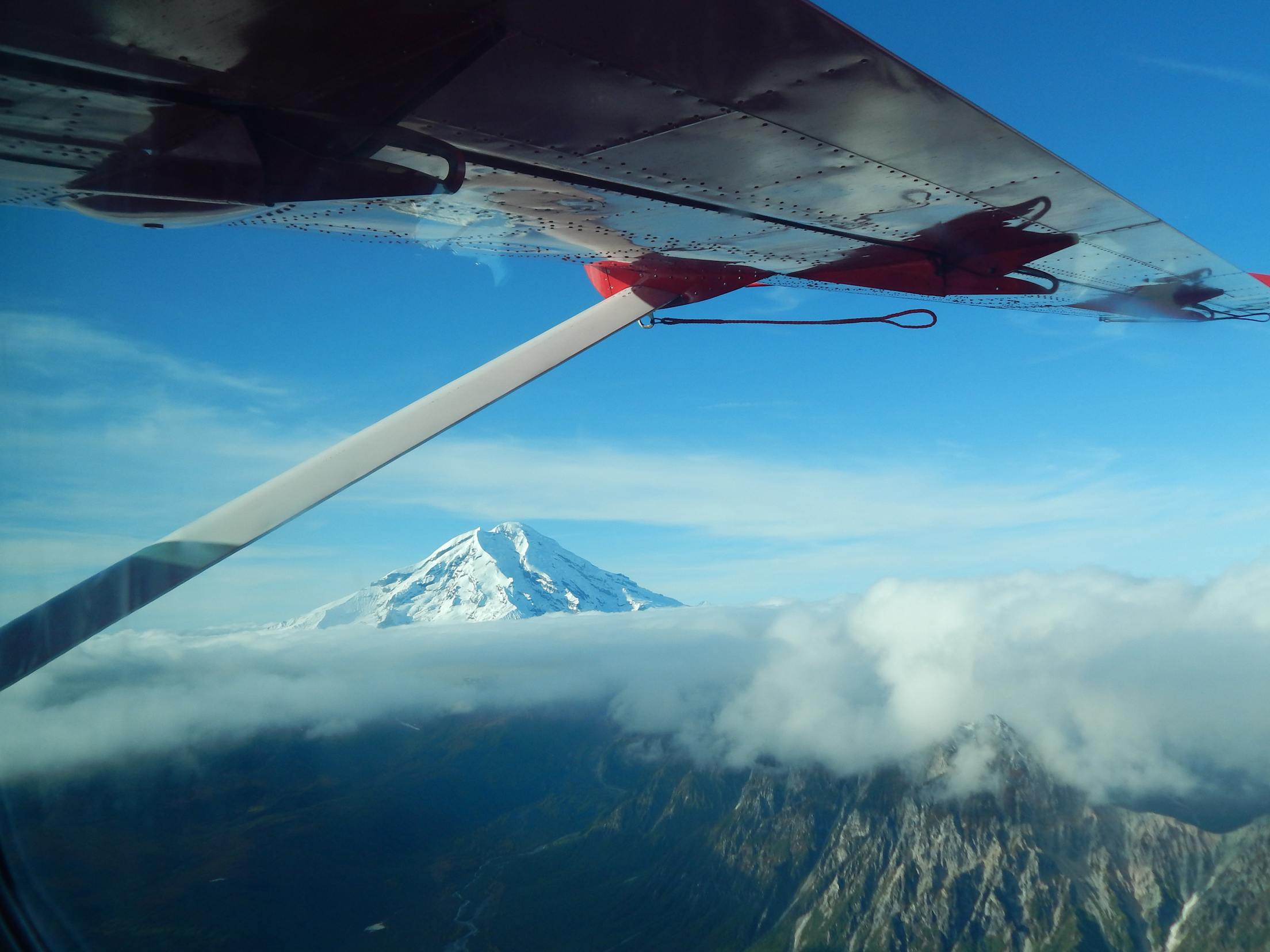
Lake Clark National Park and Preserve
You could spend an entire lifetime discovering the four million acres of Lake Clark’s undeveloped land, from steaming volcanoes to turquoise alpine lakes. Getting inside, once again, requires a one- or two-hour flight in a small plane that departs from nearby cities like Port Alsworth (where there’s a visitor center), Homer, and Kodiak.
All the dining and lodging options located within the park are privately operated, and offer travel packages to bundle your costs and make planning easier. Book a bear-viewing day trip in a bush plane. Or learn about the nearby Port Homer region’s Indigenous history and gold rush sagas. Self-guided hiking is possible along two maintained trail systems: The Tanalian Trails start from Port Alsworth, while the Portage Creek Trail originates at the Joe Thompson Public Use Cabin. Park services are limited if not entirely closed from Labor Day through Memorial Day, when frost, ice, and snow are most expected.
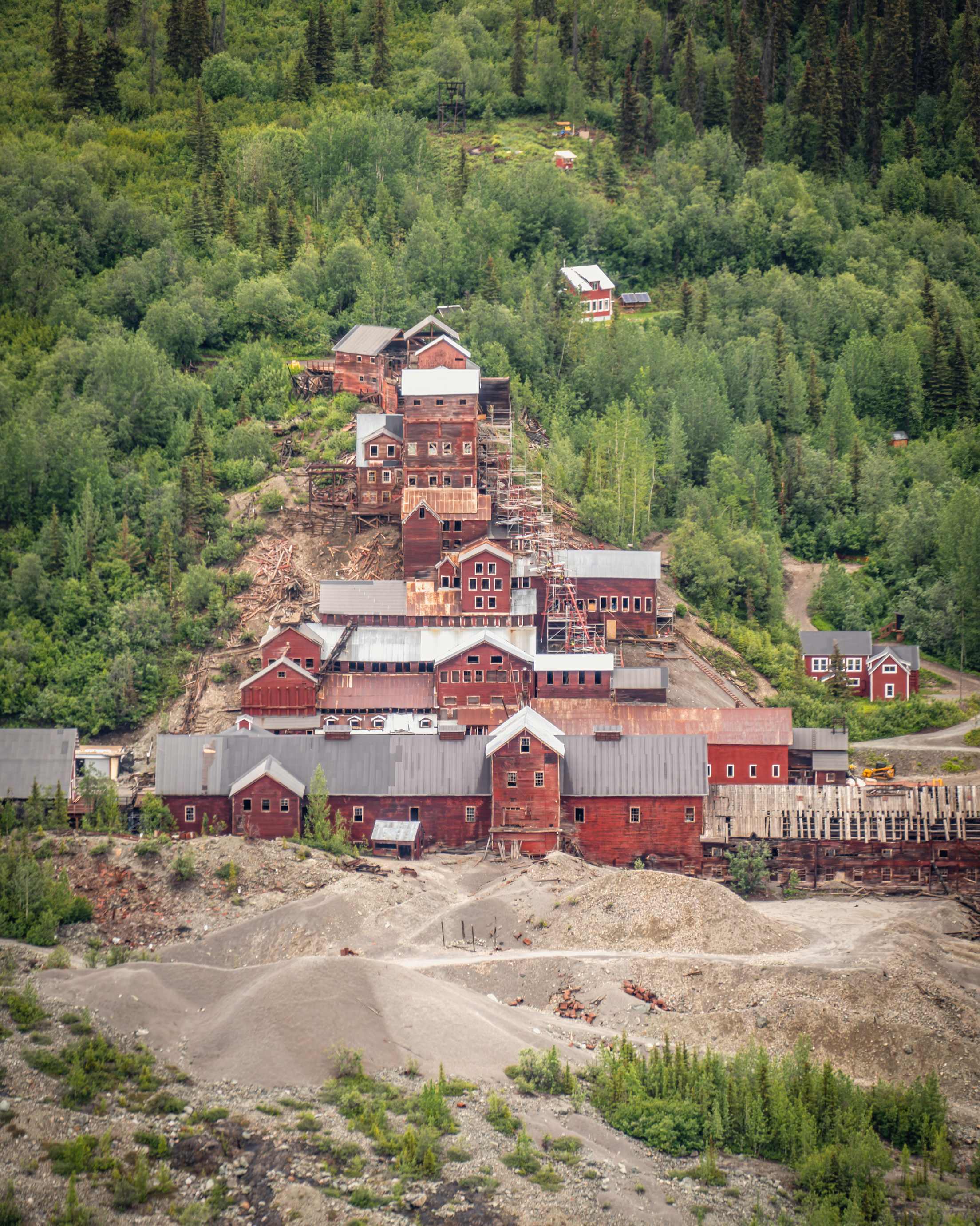
Wrangell-St. Elias National Park and Preserve
At 13.2 million acres, Wrangell-St. Elias National Park is the size of Yosemite, Yellowstone, and Switzerland (yes, the country) combined. Even though it’s accessible by road, this Southcentral park is best for visitors up for an adventurous drive—including 60 miles of rough, service-less roads that close in the winter. “You’d want to go for a couple days or a weekend,” suggests Seymour. “It’s quite a ways.”
Once you land in Anchorage, rent a car with four-wheel-drive capabilities and head about seven hours east to the historic mining village of McCarthy. Take advantage of the sparse fuel stops in Glennallen, Copper Center, Kenny Lake, and Chitina. Walking paths and a private shuttle system make it easy to get around McCarthy, where you’ll also find campgrounds, hotels, and restaurants. Take a tour of the mine and Kennecott Mill site, or hike on the Root Glacier. Because most of the park is far away from roads and trails, a flightseeing tour—such as with Copper Valley Air Service or Wrangell Mountain Air—is the recommended way to get deeper into the backcountry.
Explore the Alaskan wilderness on a one-week guided tour available through AAA Travel.